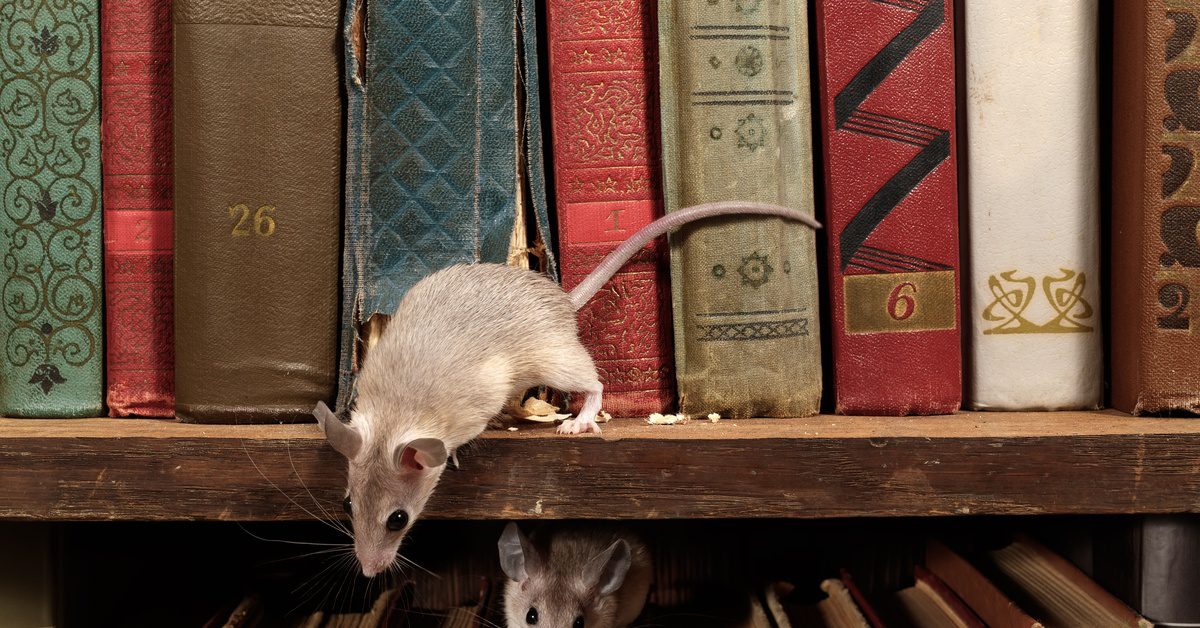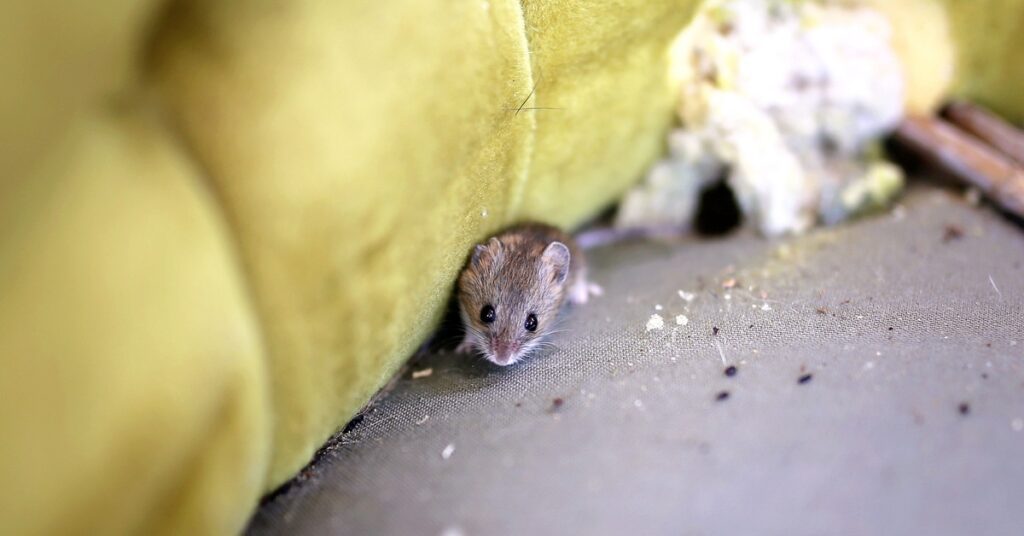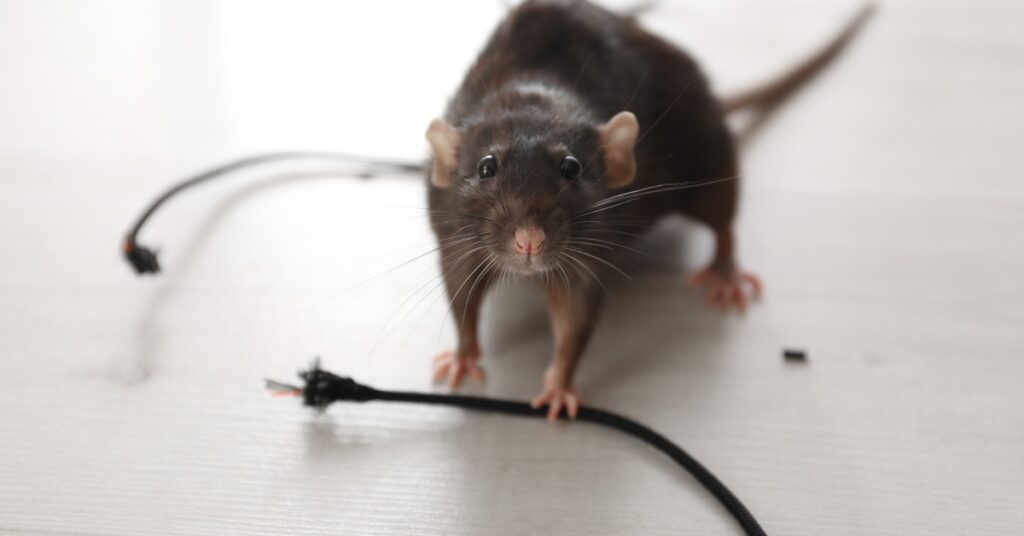
The Ultimate Guide to Identifying Pest Sounds in Your Home
Strange sounds in your home can be unsettling, especially when you suspect pests are to blame. From faint scratching in the walls to sudden thumps in the attic, these noises might indicate unwanted visitors lurking in your space. Identifying the source of these sounds is crucial for protecting your home from potential damage and health risks. Thankfully, understanding the unique noises pests make can help you narrow down the culprits. Learn more with our ultimate guide to identifying pest sounds in your home!
Common Sounds to Listen For
Recognizing the subtle and not-so-subtle sounds pests make is the first step in identifying an infestation. Different critters produce distinct noises that can offer valuable clues about their presence. Whether you hear a persistent scratching, a faint rustle, or an irritating buzz, these sounds are often an indication of a larger issue.

Scratching and Gnawing
Scratching and gnawing are two of the most common pest sounds homeowners encounter, often signaling the presence of rodents, such as mice or rats. These small creatures are active at night, creating a soft, persistent scratching as they scurry through walls, ceilings, or floors. Gnawing sounds, on the other hand, are caused by rodents chewing on wood, wires, or other materials to keep their teeth from overgrowing. If left unchecked, this behavior can cause significant damage to a home’s infrastructure and even increase fire risks from exposed electrical wires. If you hear these noises, investigate further before the problem worsens.
Rustling and Crinkling
Rustling and crinkling noises often point to smaller pests, such as cockroaches, insects, or even mice, moving through materials such as insulation, paper, or plastic. These sounds are typically light and irregular, often heard in areas where pests forage for food or seek shelter, such as kitchens, basements, or attics. While these noises may seem harmless, they could indicate early signs of a larger infestation. Paying attention to these faint sounds helps you address the issue before it escalates.
Squeaking or Buzzing
High-pitched squeaking often signals rodents such as rats or, mice, or even bats in your home. Mice and rats use these sharp, sporadic sounds to communicate, especially when they feel threatened. Buzzing, on the other hand, typically comes from insects such as bees, wasps, or hornets. This noise suggests the presence of a nest, often hidden in walls, attics, or cracks in your home’s exterior. Buzzing insects can pose a danger, especially if disturbed, so approach these situations carefully. Hearing either squeaking or buzzing means you need to investigate and address the issue.
Determining the Culprit: Pests and Rodents
Identifying the type of pest from the sounds they make can help you take the right steps to deal with an infestation. Each pest exhibits unique behaviors and patterns, which often result in distinct noises. By understanding these differences, you can narrow down the list of culprits and address the problem at its source.

Mice and Rats
Mice and rats are notorious for the scratching and scurrying sounds they produce, particularly at night. These tiny creatures are adept at navigating through walls, ceilings, and floors, leaving behind faint yet persistent noises. You might also hear the occasional squeak, which they use to communicate with one another. Spotting droppings or gnaw marks on wires or food packaging is a strong sign they’re the source of the commotion.
Squirrels
Squirrels are often mistaken for larger pests due to the thumping and jumping sounds they make, especially in attics. Unlike rodents, they are diurnal, meaning they’re active during the day, particularly early in the morning or late afternoon. You might hear them scampering across the roofline or rolling nuts and other objects around their nesting area. If you suspect squirrels, look for nests made of twigs or leaves in your attic or nearby trees.
Raccoons
Raccoons are larger pests, and the sounds they create are correspondingly louder. You may hear heavy thumping, dragging noises, or even vocalizations such as growls or chatters, which make them easy to identify. These nocturnal creatures often cause chaos in attics, chimneys, or garbage bins as they search for food. Signs of raccoons include overturned trash cans, foul odors, or tracks leading to access points in your home.
Bats
Bats produce high-pitched squeaks and fluttering noises, typically heard near vents, chimneys, or other entry points where they roost. They are most active during the evening as they leave their nests to hunt for insects. The presence of guano (bat droppings) near windowsills, vents, or other openings can confirm their presence. While they help control insect populations, bats can pose health risks, making quick action important.
Snakes
Though generally silent, snakes can produce subtle rustling sounds as they slither through grass, leaves, or insulation. These noises might be faint, often mistaken for other pests such as rodents or insects. You may also hear a distinct hiss if the snake feels threatened and emits a warning. Finding shed skins or snake trails in dust or dirt is a clear sign of their presence.
Bees/Wasps
Bees and wasps are easy to categorize thanks to their characteristic buzzing or humming sounds. These noises may become louder as they work to build or maintain a nest, often hidden in walls, eaves, or attics. Hearing concentrated buzzing near one area is a key indicator of a nest. Exercise caution around these insects, as disturbing their habitat can provoke aggression and stings.
Next Steps: What to Do After Identifying an Infestation
After confirming a pest infestation in your home, act swiftly to prevent further damage and health risks. Start by documenting the evidence, such as droppings, gnaw marks, or nest materials, to share with a pest control professional. Seal off any potential entry points to limit pest movement, but avoid using DIY methods that might escalate the problem. Next, consult a reputable pest control service to perform a thorough inspection and safely remove the pests. Once the infestation is handled, implement preventive measures such as sealing gaps, storing food securely, and maintaining cleanliness to deter future intrusions. Taking these steps ensures your home remains pest-free and your family stays safe and comfortable.
How Legacy Rodent Control Can Help!
Taking action quickly when you identify strange sounds in your home can save you from costly repairs and potential health risks caused by pests. By understanding the noises different pests make, you’re one step ahead in maintaining a safe and peaceful living space. But identifying pest sounds in your home is just half the battle; having the right pest control service on your team ensures a clean and comfortable house. If you’re dealing with pest issues and are searching for a reliable rodent exterminator in Dallas, TX, look no further than our team at Legacy Rodent Control. Our experienced professionals are equipped to handle infestations of all types, ensuring your home is safe and secure. Trust Legacy Rodent Control to provide lasting solutions and restore your peace of mind.
